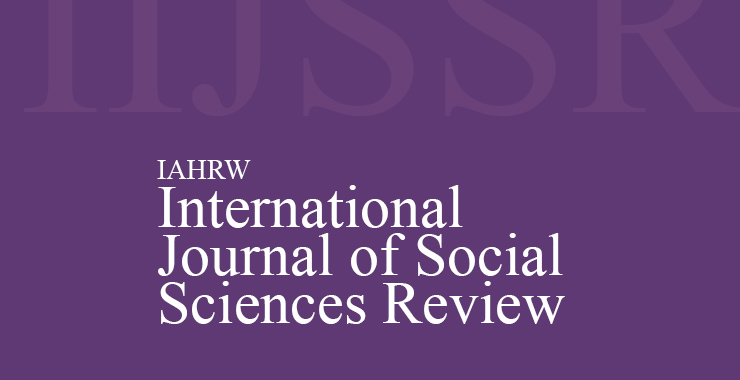Boosting Student Learning: A Comparison of the 7E Instructional Model Versus Traditional Teaching Methods
Original price was: ₹ 201.00.₹ 200.00Current price is: ₹ 200.00.
Page: 260-265
Manish Agrawal, Bharti Sharma, and Kuldeep (Gyan Vihar School of Education, Suresh Gyan Vihar University, Jaipur, Rajasthan)
Description
Page: 260-265
Manish Agrawal, Bharti Sharma, and Kuldeep (Gyan Vihar School of Education, Suresh Gyan Vihar University, Jaipur, Rajasthan)
Science education is fundamental in fostering critical thinking, problem-solving skills, and scientific inquiry among students. Traditional teacher-centered approaches often fail to engage students actively, leading to passive learning and limited conceptual understanding. To address this challenge, constructivist-based models like the 7E instructional model have gained attention for enhancing student engagement, knowledge retention, and higher-order thinking skills. This study examines the effectiveness of the 7E instructional model on the academic achievement of upper primary students in science education. Using a quasi-experimental pre-test and post-test design, this study involved 120 upper primary school students in Jaipur, divided into an experimental group (7E model) and a control group (traditional method). The results revealed a statistically significant improvement in the academic performance of students taught using the 7E model (mean post-test score = 41.83) compared to the traditional method (mean post-test score = 29.57). The t-ratio of 11.47 confirmed that the 7E instructional model led to greater learning gains and conceptual understanding. These findings align with previous research supporting inquiry-based learning as a means to improve student engagement, motivation, and critical thinking. Additionally, technology-enhanced approaches further amplify the benefits of the 7E learning cycle. The study recommends integrating the 7E model into science curricula, emphasizing teacher training programs, digital learning integration, and gender-inclusive strategies to enhance STEM education outcomes. Future research should explore long-term retention effects and technology-driven adaptations of the model.

